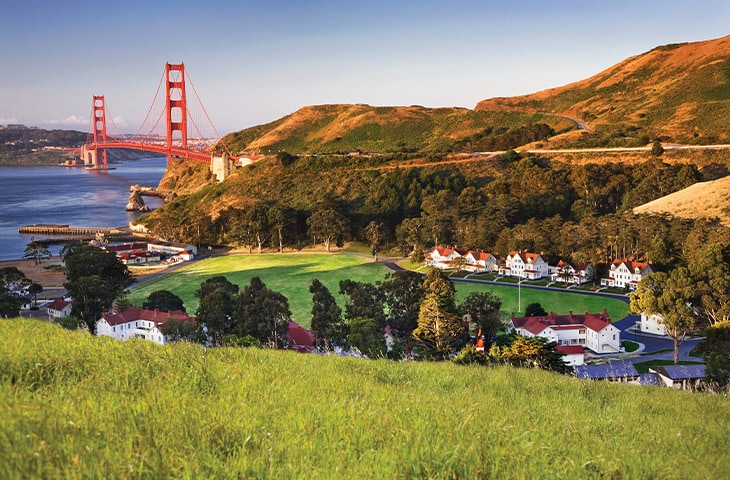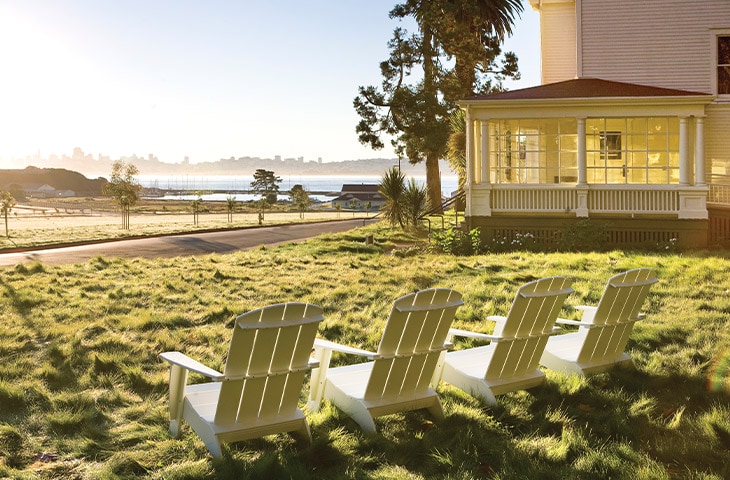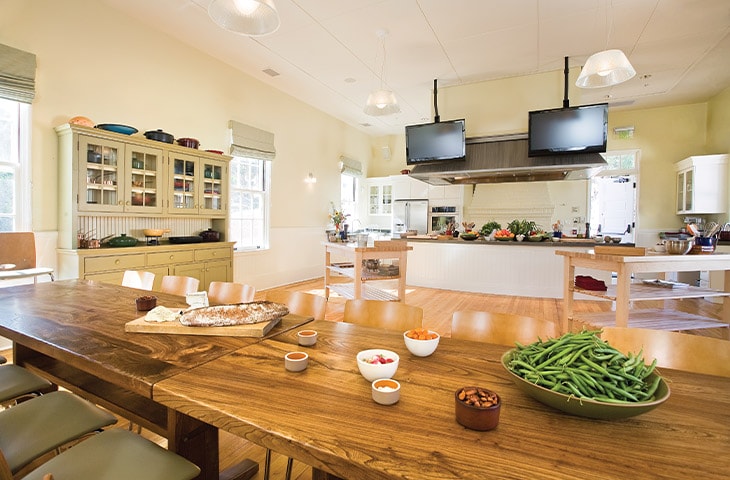by Jason Sheeler, Departures
“How will my vacation impact the planet?” That’s a question many people are asking today. A recent nationwide travel survey found that two-thirds of travelers today consider the environment when choosing a hotel. Fortunately, a group of Fine Hotels + Resorts properties are helping to lead the way in creating more sustainable travel options.
JASPER, ALBERTA
In Alberta, Canada, the Fairmont property sits near 700 acres of natural habitat in the Canadian Rockies including Jasper National Park, a UNESCO World Heritage site. The Lodge is the perfect place for outdoors enthusiast and includes options for hiking, kayaking, running, horseback riding and more to explore the natural environment. The hotel has an on-site sustainability manager that leads the Fairmont’s efforts to continually reduce its environmental footprint through its AccorHotels Planet 21 program made up of 86 sustainable actions. The lodge’s green efforts bounce from complimentary electric car charging to eight locally sourced restaurants (eight opportunities to use the $100 American Express Fine Hotels + Resorts amenity credit) to a recent renovation to upgrade to more efficient energy and water systems. Fairmont Jasper Park Lodge holds the highest rating from the Green Key Global Eco-Rating Program, recognized by the Global Sustainable Tourism Council (GSTC).
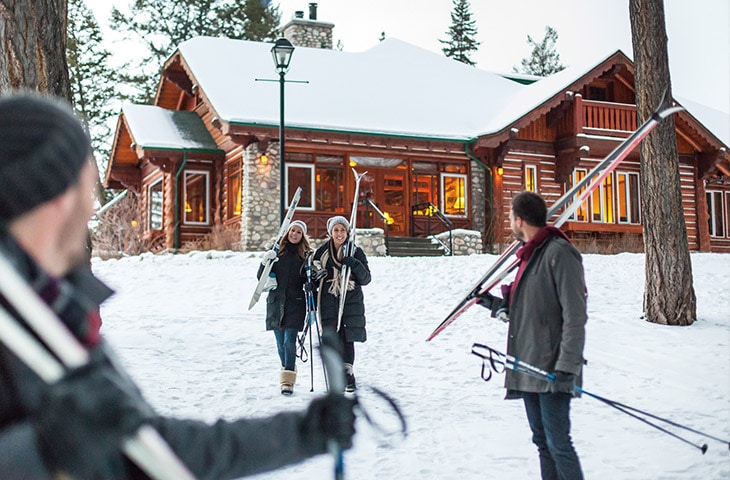
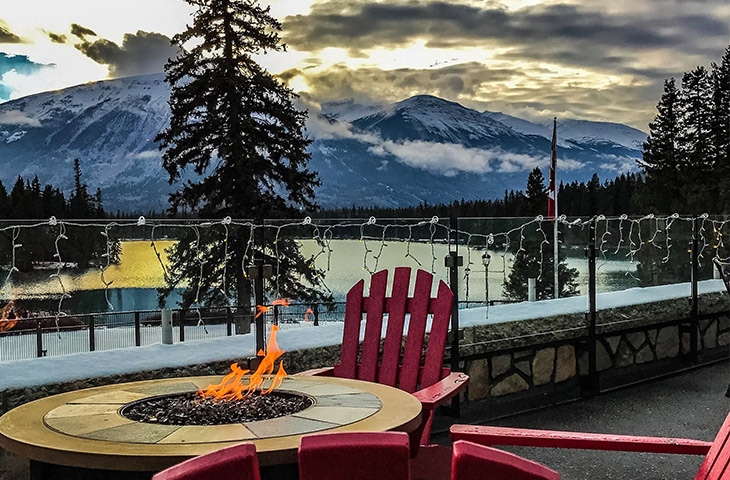
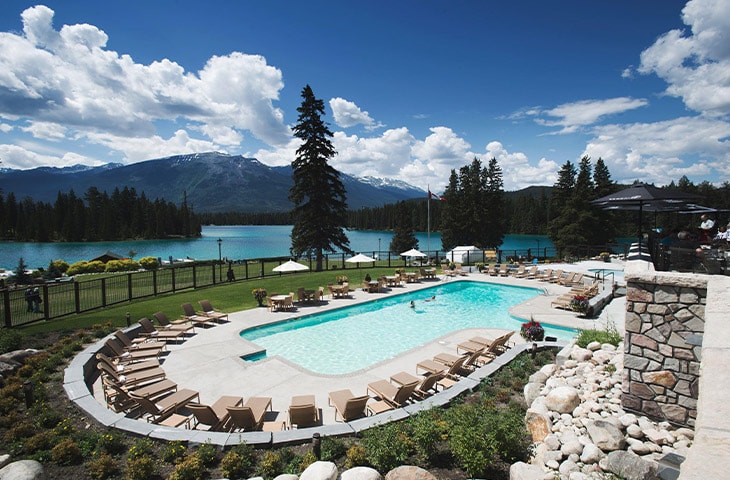
TABANAN, INDONESIA
Set among rice paddies and half an hour from tourist congestion, the Soori was, from the very beginning, planned as an environmentally conscious retreat. Albeit a tranquil, contemporary high-design retreat. The hotel property is EarthCheck-certified, an independent, third-party program evaluating the social and environmental impacts of hotels. In fact, most of the sourcing at the hotel, from vegetables in the kitchen to the tiles in the lobby, come from West Bali providers. A wonderful sense of local is felt property wide. More than 90 percent of staff are from neighboring villages, further supporting the community. Another ecologically sensitive amenity, is the use of natural light incorporated into the property, oriented in a way that facilitates the passing of filtered natural light into the buildings while minimizing heat during the day. Additionally, indigenous volcanic rock and greenery organically cools the villas, saving power, and adding calm throughout the 15 tropical acres. The secluded, beachfront Soori Residence was designed by Singapore architect Soo K. Chan, who worked to ensure the villa flows seamlessly—it’s nearly hidden—within its natural surroundings.

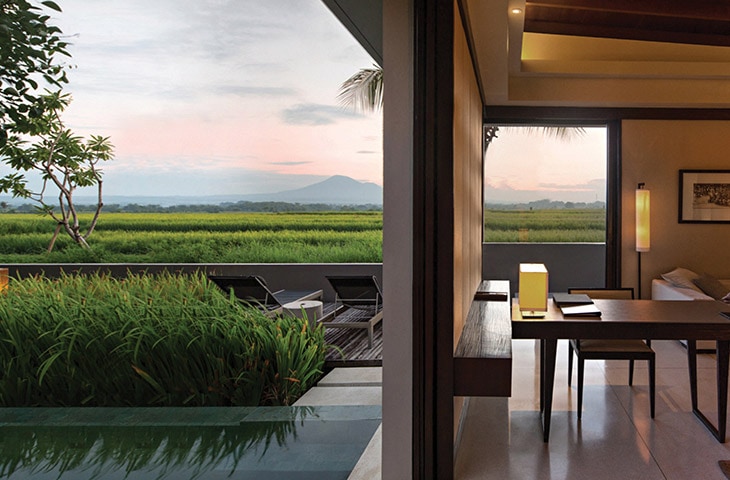
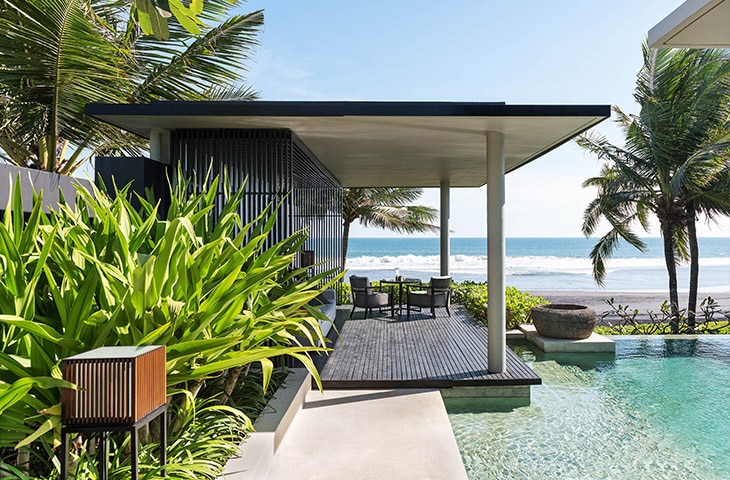
AMSTERDAM, NETHERLANDS
When the Conservatorium hotel was renovated in 2011, it was overhauled by legendary Italian architect Pierro Lissoni, who brought a focus on environmental sustainability. Sustainable practices have been integrated throughout the historic property which was built as a bank in 1901 and became a music conservatory in the 1980s (thus the name). The hotel has been independently audited and certified by the Green Globe International Standard for Sustainable Travel & Tourism since 2011. The plan for the hotel was to implement state-of-the art green practices within the 200-year-old walls. For example, the property uses a thermal energy storage system where water from the swimming pool is reused in the sprinkler system, no plastic containers are used on-site and all cleaning products used are free of harmful substances. Like the Soori, a focus on local culture and in-house institutional knowledge is paramount at the Conservatorium. The hotel offers guests what’s known as a Human Library. Furthering the hotel’s educational roots—and in a nod to the surrounding city museums—each member of the staff is trained in local history and customs in an effort to preserve and promote Amsterdam culture. It all comes together in the Amsterdam suite, in the gables of the building. The suite is quirky, cool, secluded and very Dutch.
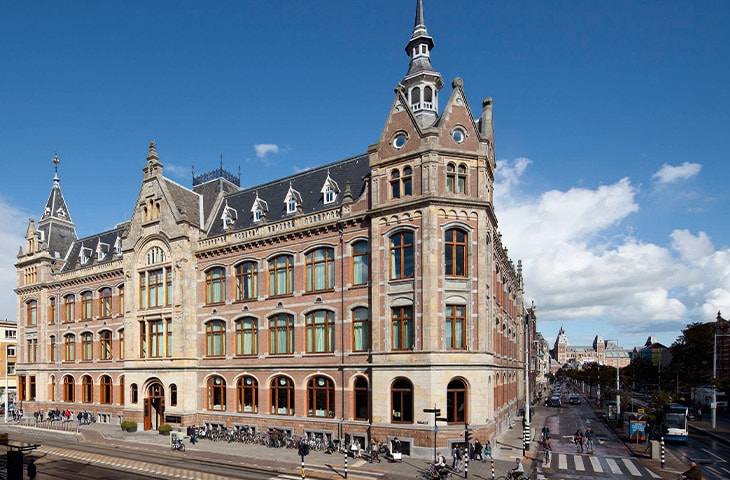

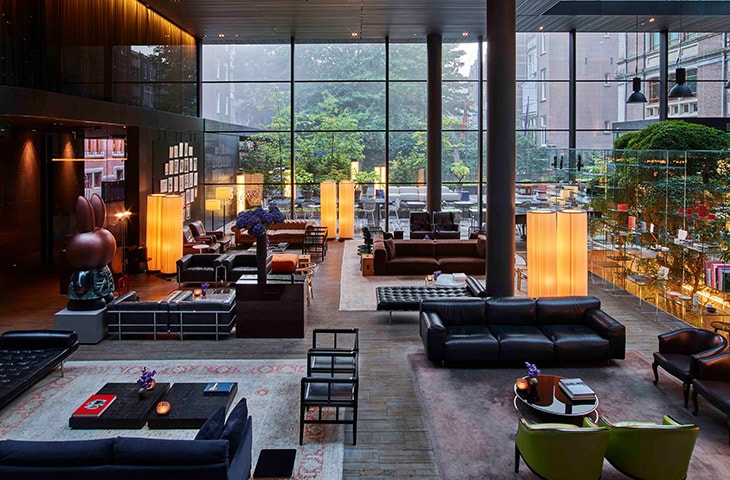
SAN FRANCISCO, CALIFORNIA, US
There is a unique hotel in San Francisco that is not actually in San Francisco. Cavallo Point, overlooking the city from across the Golden Gate Bridge in Sausalito, is a former 45-acre Army base within Golden Gate National Park. With acres of kid-friendly, wildlife filled land to explore, it’s the first national park lodge to receive a LEED Gold Certification. Over the past decade, there have been significant efforts to transform the property, first established in 1901, to something both historically significant and environmentally friendly. This includes the re-use of historic materials; new landscape architecture utilizing native plants; and the implementation of green building elements. A few years ago, newer contemporary rooms were built, alongside the homes formerly used to house Army officers. Sleek and Spanish tiled, with uninterrupted views of the skyline and bay, the lodging offers radiant-heat solar-powered floors, locally made organic bedding, and rooms named for endangered species to inform and educate guests. But the best room on the property is a home. The Frank House is a 1,200-square-foot private residence with two bedrooms, fireplace, and a glass-enclosed sun porch. While kids will enjoy exploring the natural environment adults will want to have a farm-to-bar cocktail on the myriad of porches and book a spa treatment at the Healing Arts Center & Spa. A good opportunity in which to use the $100 FHR property amenity credit, treatments are facilitated using environmentally friendly products and include facials, scrubs, acupuncture, and energy treatments.
